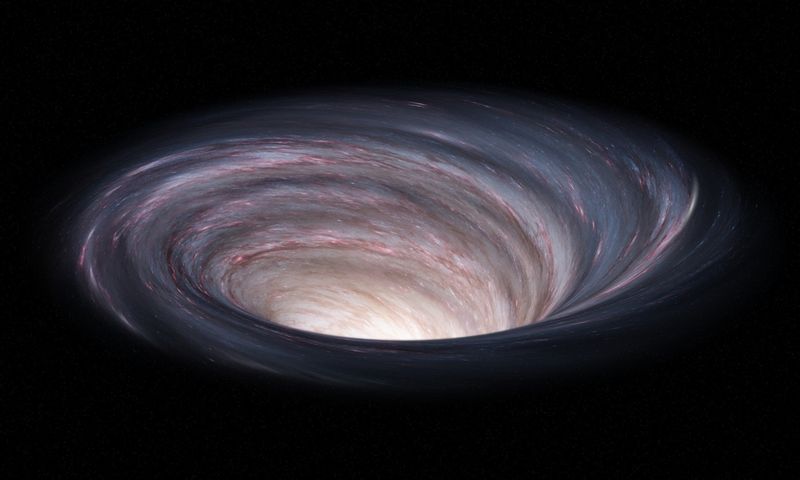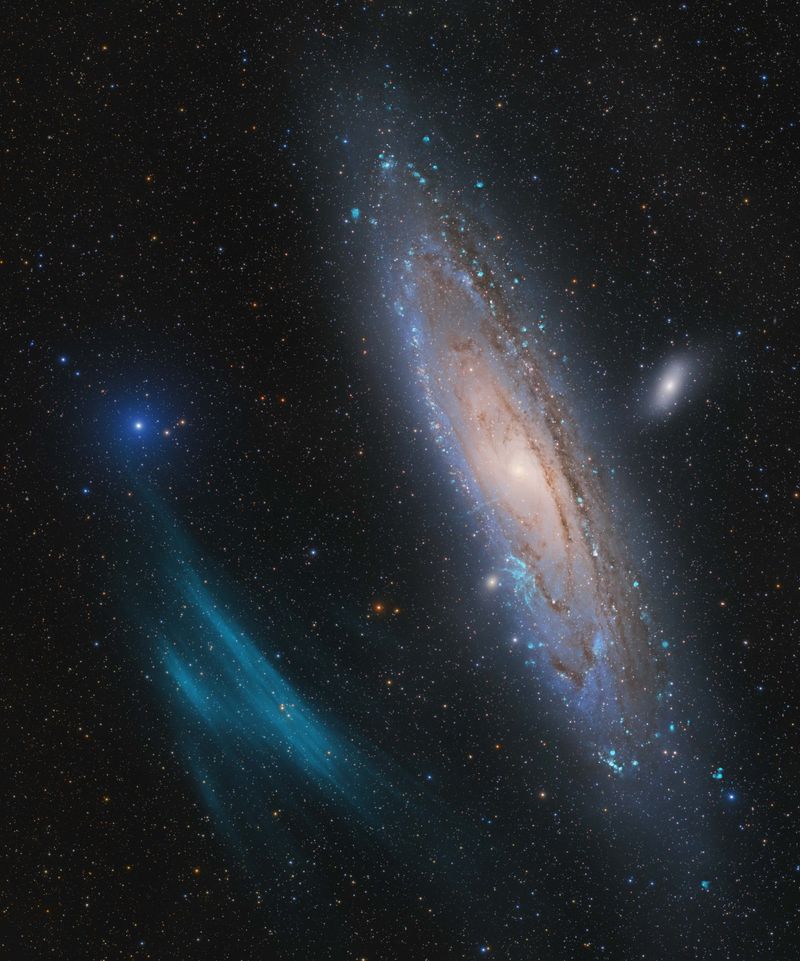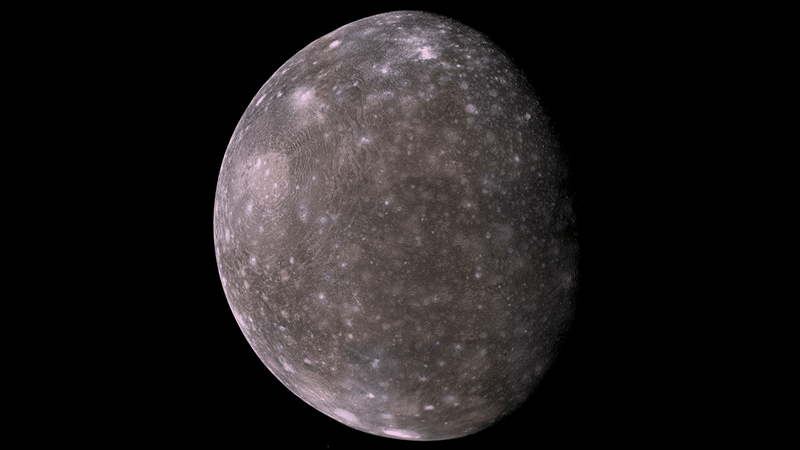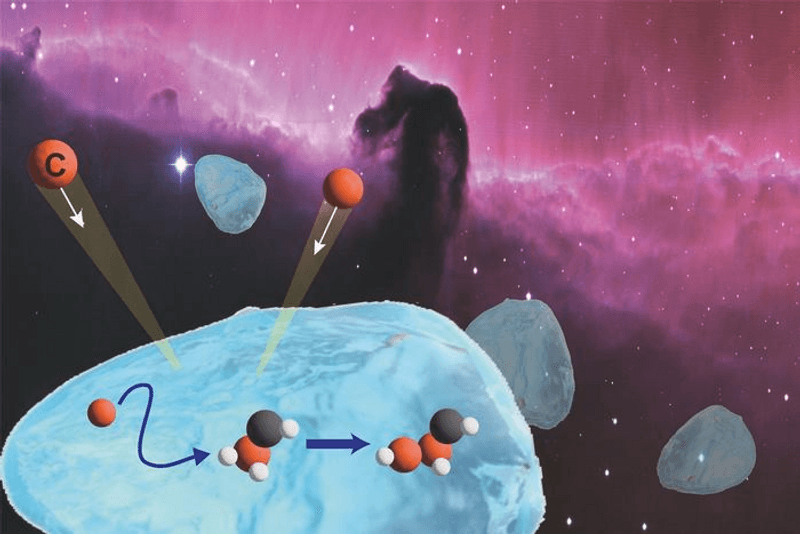The “no-hair theorem” of black holes, which greatly simplifies the way we model them, may not be true if an alternative theory of gravity known as the teleparallel formulation is correct, an unpublished paper argues. This could make the study of black holes considerably more complicated, but it would also allow physicists to understand them in ways many have feared they never will.
According to the “no-hair theorem”, a black hole’s mass, electric charge, and spin can tell us everything there is to know about that hole. Anything else we might measure, such as its magnetic moment, can be derived from these three measures.
Crucially, that means that when matter is swallowed by a black hole’s event horizon, all the information contained within it is lost, once the black hole has emitted any gravitational waves or light associated with its meal. It doesn’t matter what elements went into forming a black hole's predecessor star, or even if it was made of antimatter rather than matter – under the no-hair theorem, it would appear identical to anyone outside its event horizon. The term “hair” is a metaphor for information streaming out of a black hole beyond the point of no return for incoming objects.
The no-hair theorem is one of the many things physicists have so far been unable to prove, but most strongly suspect is true, and work on black holes often treats it as a given. However, some rebels continue to plug away, seeking evidence to refute it.
The five authors of a yet-to-be-peer-reviewed paper weren’t necessarily hoping to prove black holes hairy. Instead, they were exploring the implications of the teleparallel formulation of Einstein-Gauss-Bonnet gravity. This is one of the alternative theories of gravity to General Relativity. Unlike the no-hair theorem, most physicists suspect General Relativity is not a perfect description of the universe, at least as currently understood. It’s inconsistent with quantum mechanics for example, which says information can never be truly destroyed. However, general relativity also continues to pass test after test, and all the alternatives are less elegant and harder to work in.
Nevertheless, some brave scientists continue to explore the implications of these alternatives. According to the preprint; “In the teleparallel formulation, gravity is described by torsion instead of curvature.” That is, instead of masses curving spacetime as in Einstein’s original vision of gravity, they twist it.
The authors report they found two ways to solve the equations they encountered in this quest. One of these produced results boringly similar to previous studies, so they concentrated on the other path, which led them to hairy black holes. This takes the form of scalar fields like those created by certain subatomic particles, close to – but outside – the event horizon, providing an extra form of information about what is inside. For example, gravitational radiation could be emitted.
The preprint acknowledges this isn’t unprecedented; “Several modified theories of gravity naturally possess [hairy] black hole solutions,” they write.
A preprint of the paper is available on ArXiv.org
[H/T LiveScience]




